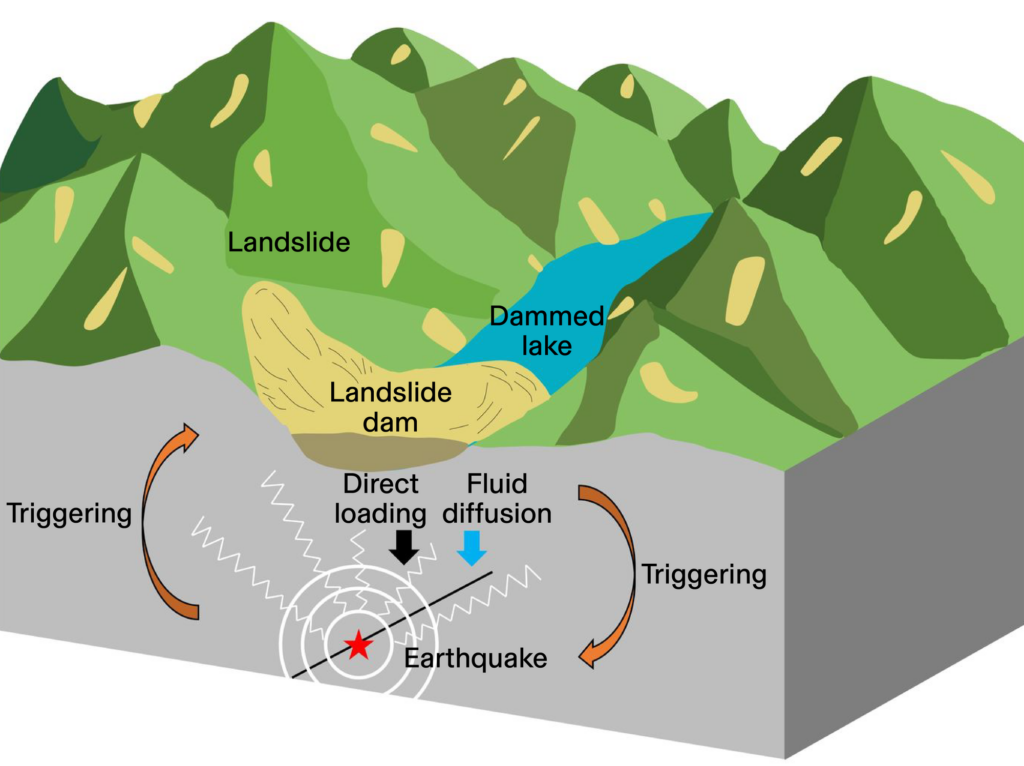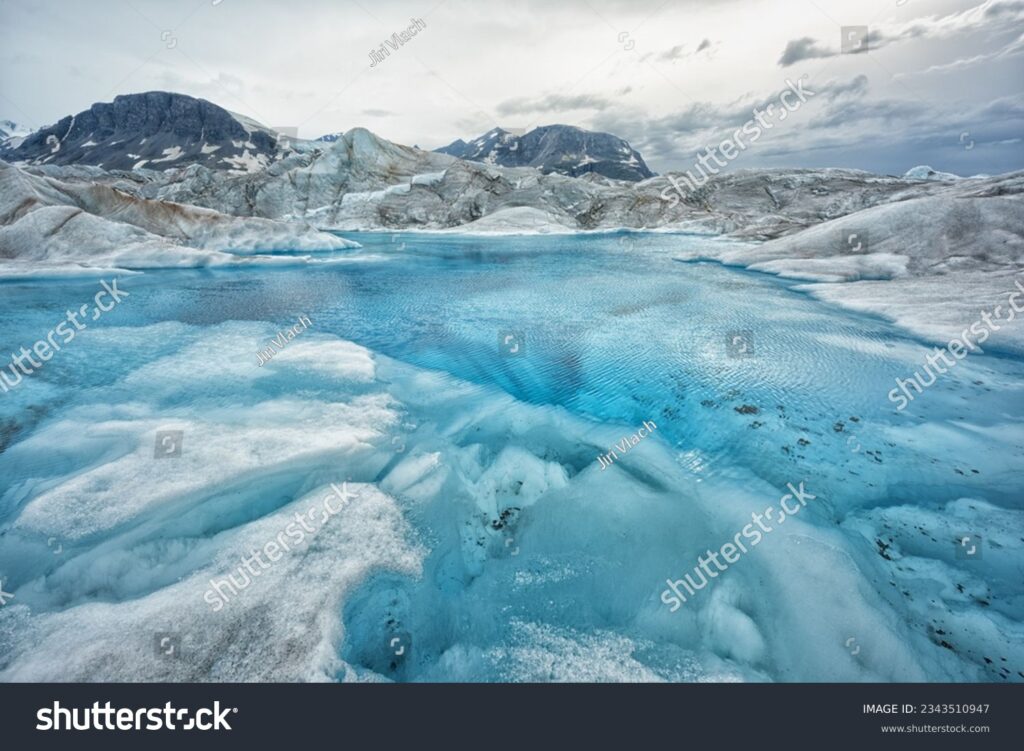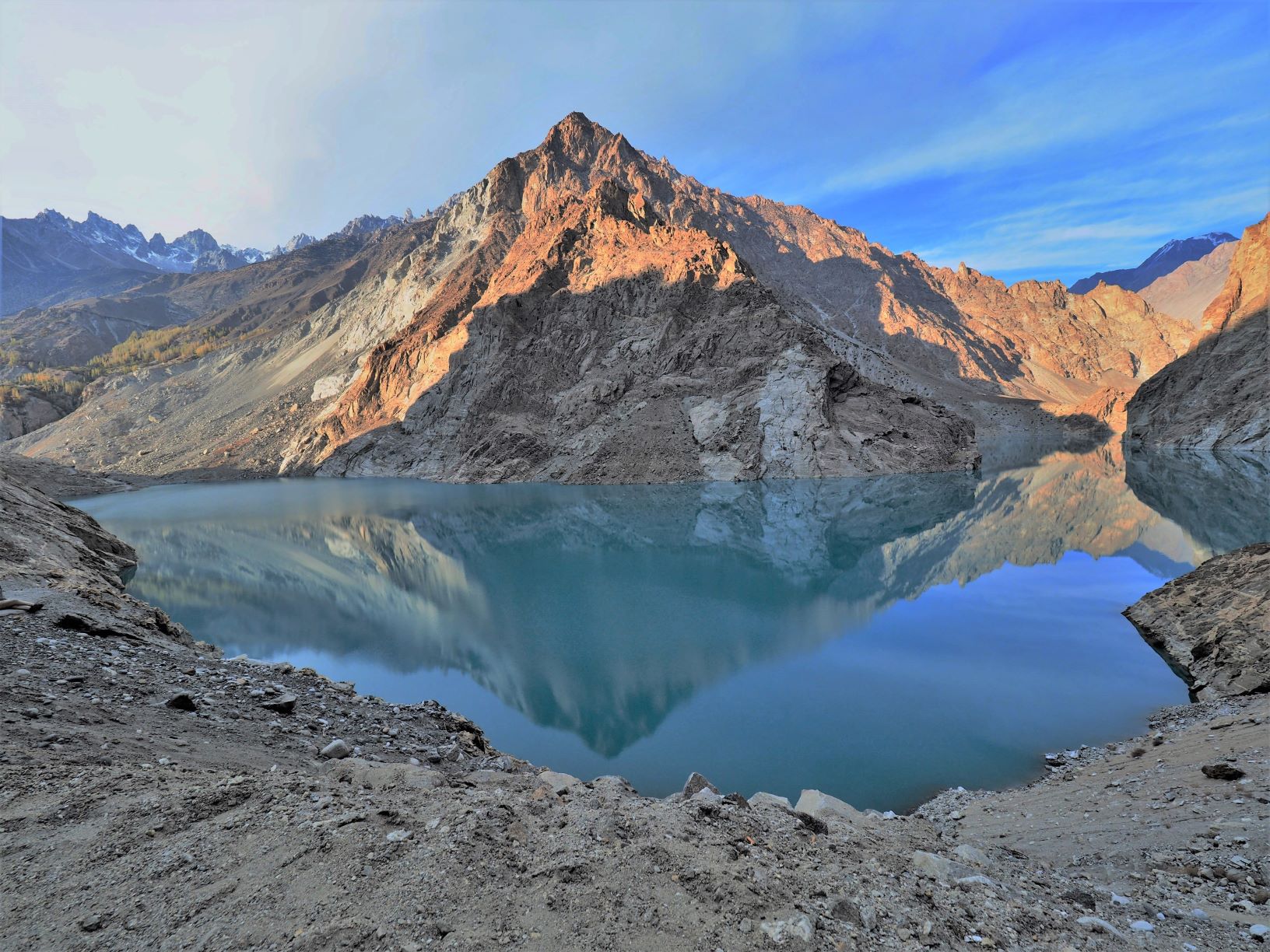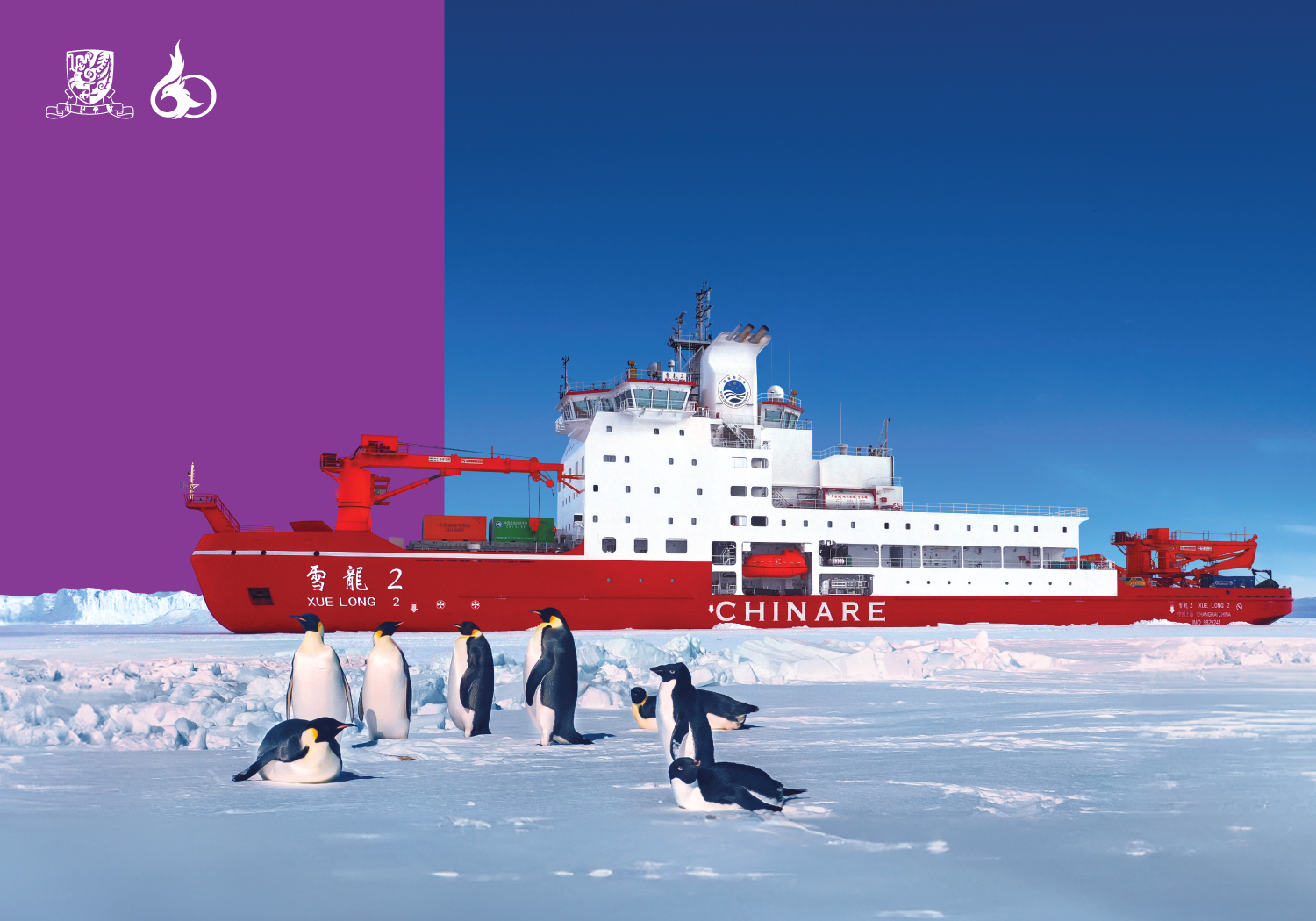Shaking rooms, falling objects, even collapsing buildings and landslides – earthquakes are a nightmare for anyone who’s caught up in one. We know what causes most of them: tectonic plates – giant sections of the Earth’s crust and upper mantle, together known as the lithosphere – rub against each other, causing the disturbances that can manifest themselves as shaking, buckling ground and terrifying chaos on the surface.
However, this doesn’t tell the full story. In addition to the ground itself causing earthquakes, a new study led by The Chinese University of Hong Kong (CUHK) has discovered that there can also be another, rather more surprising culprit: water. It comes in the form of so-called landslide-dammed lakes, or LDLs: bodies of water that form specifically due to landslides, sometimes ones caused by earthquakes – and, it turns out, these lakes can trigger further earthquakes themselves, by increasing the amount of pressure on nearby faults.
“Previous studies have mostly focused on studying how the shaking from earthquakes can cause landslides to occur, but our study shows for the first time that landslides creating landslide-dammed lakes can instead cause earthquakes, so the interaction can go both ways,” explains Professor Tan Yen Joe, Assistant Professor in the Earth and Environmental Sciences Programme in the Faculty of Science at CUHK, who led the research.
“We try to detect and locate as many earthquakes as we can from continuous seismic data, calculate the stress change on nearby faults due to the landslide-dammed lakes, and then look at the spatiotemporal evolution of the earthquakes to verify whether we see a significant increase in the earthquake rate where there is an increase in stress.”
For the recent study, CUHK teamed up with a collection of other experts from the Swiss Federal Institute for Forest, Snow and Landscape Research, the Chinese Academy of Sciences’ Institute of Mountain Hazards and Environment, and the Sichuan Earthquake Administration.

Together, they looked at an LDL that formed in 2018 in the Baige region of the Tibetan Plateau after a pair of landslides that displaced a gigantic 33 million cubic metres of sediment. Following the formation of the lake, the rate at which earthquakes occurred in the region shot up – by a factor of 20, with more than 60 of them in the subsequent week. The researchers set about finding out why, building an earthquake stress-triggering model which found that the weight and pressure of the lake were the likeliest cause of the increase. This happens both because of the weight of the water itself and also because of the higher so-called pore pressure caused by a huge volume of water diffusing into the surrounding soil and rock.
The findings have important implications for the ways in which the authorities monitor earthquakes, allowing emergency response teams to better predict where tremors are likely to occur and tailor their tactics accordingly. Authorities could also potentially discharge water from lakes to lower the risk of LDL-induced earthquakes occurring – a measure that would also reduce the chance of outburst flood.
“The interaction might even form a loop: for example, the 2008 Wenchuan, China earthquake triggered more than 100,000 landslides and created hundreds of landslide-dammed lakes, and these lakes may have triggered more earthquakes. Therefore, future risk assessments in these regions might have to consider this chain effect,” says Professor Tan.
As in so many other areas, the spectre of climate change also haunts the issue. As the global temperature rises, increasingly glaciers around the world are melting. That leads to a rise in the volume of water in glacial lakes. If they grow enough, these lakes will form structures that are similar to LDLs and may also play a role in triggering earthquakes. However, further investigation is needed to discover whether this is indeed the case, according to Professor Tan.

At the same time, he adds, the geographical scope of the research needs to be widened, in order to find out how widespread the phenomenon of LDL-triggered earthquakes is in other regions around the world, from the Himalayas to the Andes.
“High-risk places might include seismically active mountainous areas, such as the southwestern parts of China and the Himalayas, where large landslides that form landslide-dammed lakes are common,” he says. Thanks to his team’s work, there’s a greater chance that people living in those regions could be spared their worst effects in the future.











